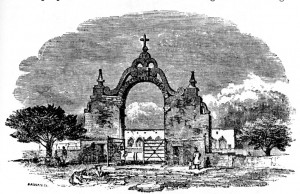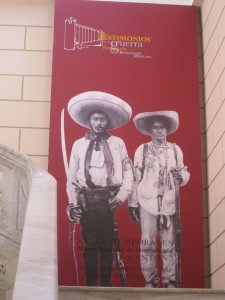Stephens wrote about the treatment of Indians working on Haciendas like the one where we went to the spa:
Early in the morning we were roused by loud bursts of music in the church. The cura was giving them the benefit of his accidental visit by an early mass. After this we heard music of a different kind. It was the lash on the back of an Indian. Looking out into the corridor, we saw the poor fellow on his knees on the pavement, with his arms clasped around the legs of another Indian, so as to present his back fair to the lash. At every blow he rose on one knee, and sent forth a piercing cry. He seemed struggling to restrain it, but it burst forth from him in spite of his efforts. His whole bearing showed the subdued character of the present Indians, and with the last stripe the expression on his face seemed that of thankfulness for not getting more. Without uttering a word, he crept to the major domo, took his hand, kissed it, and walked away. No sense of degradation crossed his mind. Indeed, so humbled is this once fierce people, that they have a proverb of their own, “Los Indios no oigan si no por las nalgas” — “The Indians cannot hear except through their backs.”
(Stephens, Incidents of Travel in the Yucatán, Volume One, page 82)
I’m no expert on Mexican history, but I’ve learned that the virtual enslavement of the poor on haciendas and elsewhere eventually led to ten years of bloody civil war. Upstairs at the museum I saw a powerful exhibition entitled “A War Testimony. Photography of the Mexican Revolution.” It focused on images of daily life during the Mexican Revolution (1910-1920) — on photographs of anonymous individuals, particularly women and children, and the terrible trials that they endured (hunger, bombings, forced recruitment, fear, executions) during the war.
This revolution, I learned, established democracy in Mexico and granted land to the peasants who had worked as indentured slaves on the haciendas and elsewhere.
The exhibit ended with a graffiti board that encouraged visitors to write down their own thoughts and impressions for others. I found it interesting that the horrific images of the past stirred some to protest the United States and the present war on drugs in Mexico.




